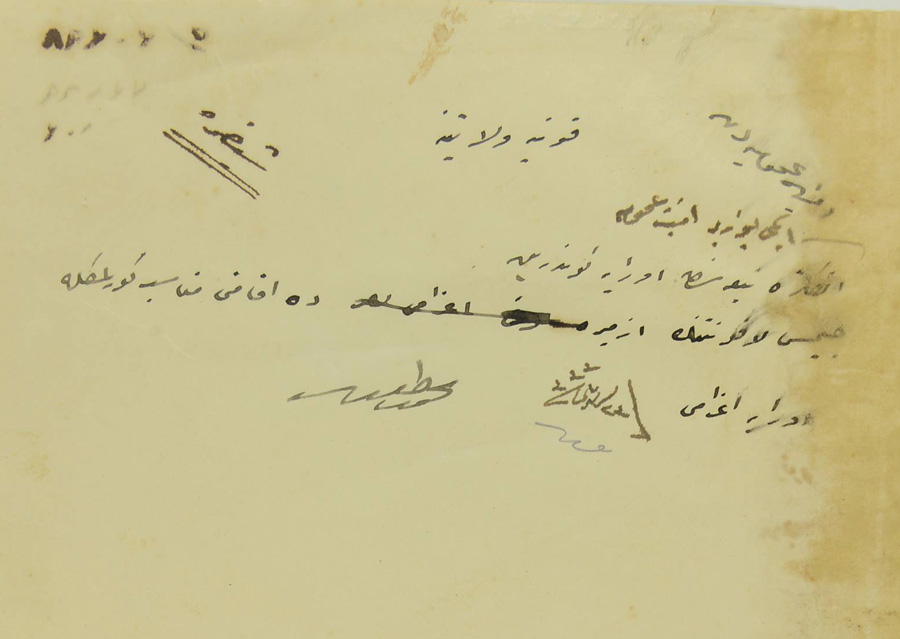
Ephemera
Internment State
With the outbreak of WWI, the considerable number of French, British and Italian community living in the Ottoman Empire were transformed from protected Levantine status to enemy aliens. The experience varied greatly between communities, regions and professions affected. Those in the capital of Constantinople were often dispossed of their businesses which were nationalised or taken over by the Germans who were partly running the military matters by that stage. The civilians of all 3 nations were ordered to leave, and many did on ship, and some by train. Those who remained either were exempt, such as they were working for the Ottoman government in some capacity, such as railways or factories, or whose family relations aided the Ottomans through their skills such as nursing etc. The Levantine communities in other cities were usually treated more kindly and this sometimes involved house arrest, night curfews, bans from travelling. In some cases civilian men were interred in Anatolia, though the practice was not systematic. The Ottoman Government often used this internment as a punishment against the Allied powers for acts such as the bombardment of Smyrna by air and naval guns etc.
The internment camps were often military as a considerable number of Allied prisoners were captured in Arabia and conditions varied greatly. The civilian prisoners appeared to have been a minority and spared the horrors of the worse camps where there was chronic malnurishment.

Konya Vilayeti’ne
Şifre
Emniyet-i Umumiye’den
İki yüz bir emniyet-i umumiye
İngiltere tebasından oraya gönderilen Ceyms Lafonten’in (James La Fontaine) İzmir’de ikameti münasip görülmekle. Oraya izamı (gönderilmesi). 23 Teşrin-i Sani 333. (23 Kasım 1917)
Translation:
To the district of Konya
Code
From General Security
To the security centre 201
It has been decided that the British citizen James La Fontaine who was sent there be allowed to return to his domecile in Izmir, 23 November 1917.

